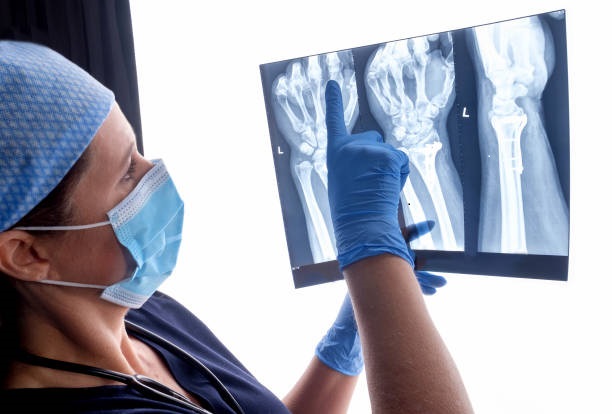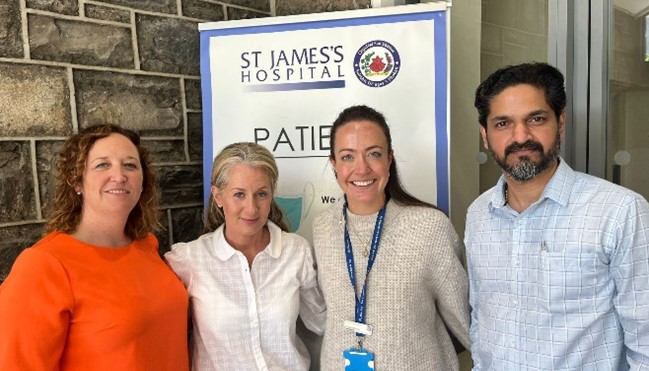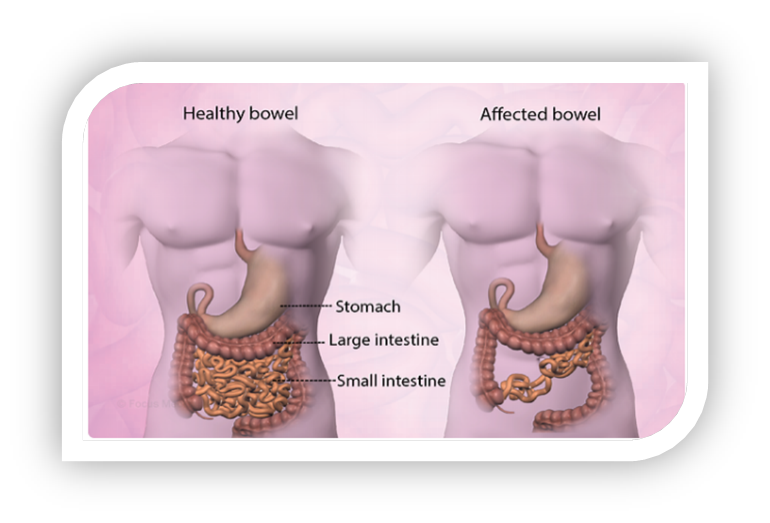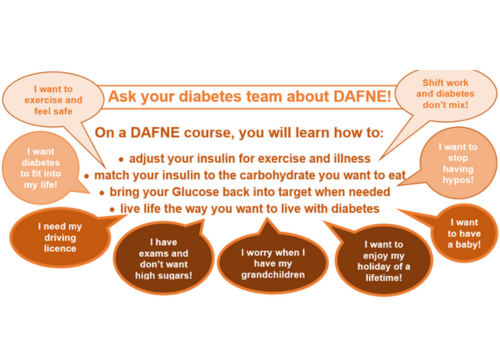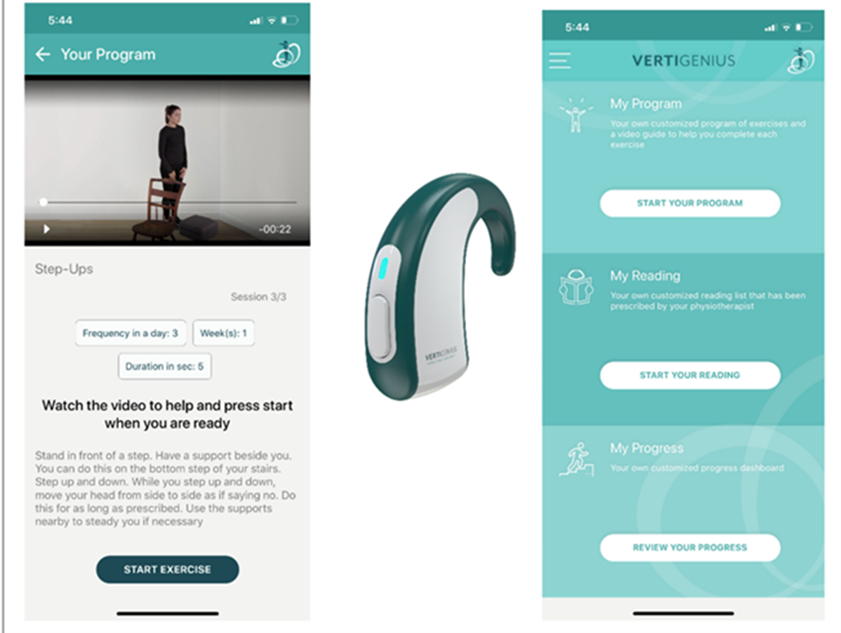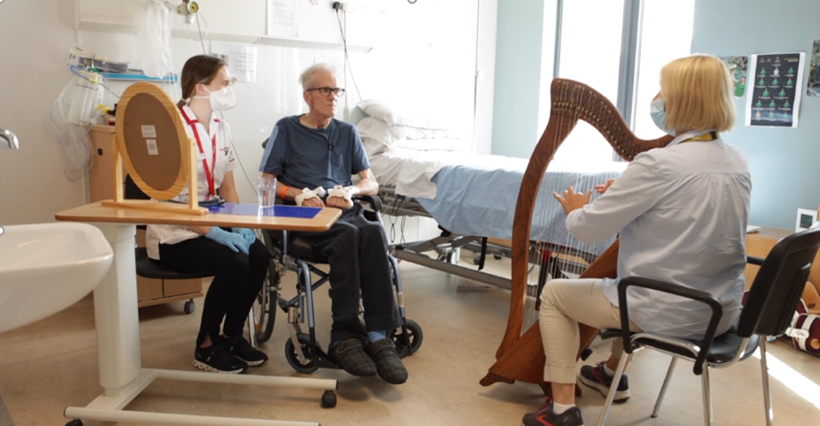1 October, 2023
‘I feel like my body has aged 20 years since I started treatment’. As a physiotherapist working in cancer rehabilitation, I hear many patients describe the side-effects of their cancer treatment this way.
‘I feel like my body has aged 20 years since I started treatment’. As a physiotherapist working in cancer rehabilitation, I hear many patients describe the side-effects of their cancer treatment this way. Side-effects include muscle wasting, extreme tiredness, pain and weight loss which can negatively impact on patients’ ability to complete normal activities and on their quality of life. Examples of those who may benefit from exercise-based cancer rehabilitation are people who have trouble moving around, experience pain, weakness or have trouble participating in their hobbies or usual exercise routine. Patients who experience cancer related fatigue or feel unsure about how to safely exercise during or after treatment would also benefit from referral to cancer rehabilitation.
Exercise during and after cancer treatment can improve muscle strength, bone health and range of motion. It can also help to manage lymphoedema, cancer related fatigue, lessen symptoms of anxiety and depression and improve overall quality of life. Exercise also reduced the chances that some types of cancer will come back. It is thought that there are now over 250,000 cancer survivors in Ireland and there is a need to explore ways to enable survivors to recover after intensive therapy.
Delivering Cancer Rehabilitation: There is widespread support for the role of exercise in helping people recover from cancer. Research in the last ten years has proven that exercise is a cost-effective method of improving quality of life and physical status in survivorship. All cancer survivors are advised to engage in up to 180 minutes of moderate exercise and 2 muscle strengthening sessions every week. Despite support for exercise programmes, there is a lack of exercise-based rehabilitation available to people with cancer. Some people can safely begin or maintain their own exercise program, but many will have better results with the help of a cancer exercise specialist.
The cancer rehabilitation physiotherapy service in St James’s provides cancer survivors experiencing negative side-effects of treatment with personalised exercise-based cancer rehabilitation.
All patients referred are assessed by a chartered physiotherapist and given a tailored exercise programme designed to manage and improve the physical side effects of cancer. Participants attend the physiotherapy gym in St James’s Hospital or online exercise classes twice weekly for eight weeks to complete their exercise programme. At the end of the programme participants are referred to a community exercise facility where they can continue exercising. Over 350 people have been referred in the first 7 months of the programme.
Tips for Getting Active After Cancer Treatment:
- Take it slowly. Even if someone is very active before treatment it can a challenge to start exercising when treatment ends. It may help to set small goals and build up the duration of exercise slowly.
- Start to exercise as soon as possible after treatment ends.
- Choose a form of exercise or sport that is enjoyable. Exercising with others can also be a good motivator.
- Set a fixed time for exercise in a schedule/routine.
Why this Matters to Patients: The provision of rehabilitation for cancer survivors is an important issue, as all patients should have access to services which allow them to thrive after a cancer diagnosis. Access to exercise rehabilitation helps all cancer survivors to maximise their quality of life after treatment and Survivorship Care is a core focus of the National Cancer Strategy 2017-2026. Exercise support and guidance should be available to all patients during and after cancer treatment.



